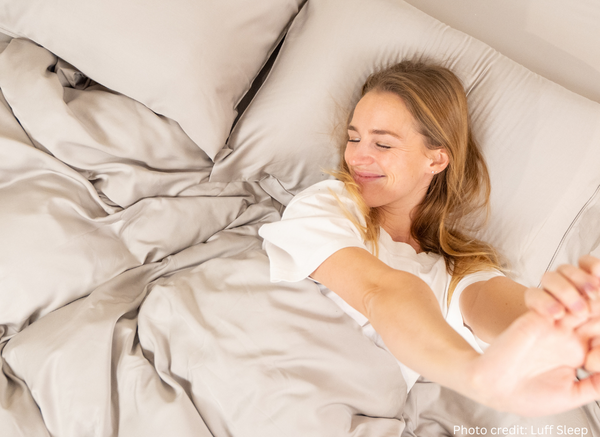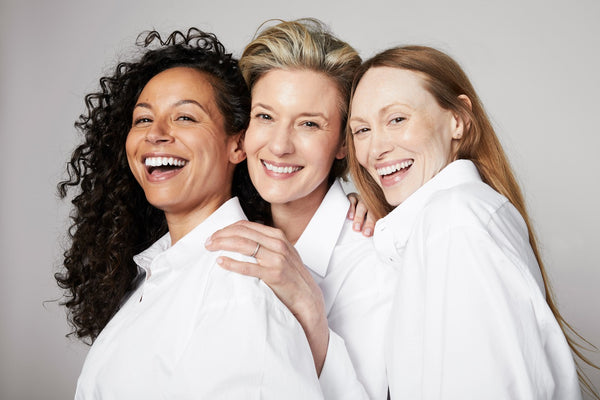Our Made of More team is predominantly female (Dr Dhesi and Farmer Mike are slightly outnumbered!); not only do we feel the heat of running a busy start-up but we FEEL THE HEAT!
So what happens?
Hot flashes occur when decreased estrogen levels cause your body’s thermostat to become more sensitive to slight changes in body temperature. When your thermostat thinks your body is too warm it starts a chain of events – a hot flash, to cool you down!
80% of people experience hot flashes during their menopausal journey but they generally take hold at the beginning when hormones are partying their hardest.
We know that during the time when hormones are out of kilter, we experience all sorts of symptoms (we’ve said it before but there are 48 peri menopausal symptoms – aren’t we lucky!). One of them being, anxiety – a great one for hot flashes.
During periods of extreme anxiety, the body releases several hormones, including cortisol and adrenaline, which trigger the 'fight or flight' response to help cope with the situation. Cortisol increases the availability of glucose in the blood and suppresses non-essential bodily functions to prioritise immediate physical responses.
Adrenaline, another key hormone released during stress, causes the heart rate and respiration rate to increase, ensuring more oxygen is supplied to the muscles. This rapid mobilisation of energy and increased metabolic activity can cause the body to overheat.
Additionally, the hypothalamus, which regulates body temperature, can become dysregulated during stress, leading to vasodilation (widening of blood vessels) in the skin. This combination of factors can result in the sensation of hot flashes. We sometimes see the physical manifestation of this as a flushed face or a red face.
At Made of More, we also talk a lot about rosacea – characterised by redness (and often bumps) on the face along with facial flushing that can often be experienced at chronic levels. These areas are mainly affected around the forehead, cheek, nose and skin around the eyes and mouth.
When Jackie was formulating Made of More, it was imperative that clinically backed ingredients were part of the unique formulations and that they focused on symptoms that so many of us experience. A key ingredient that features in our Cleansing Balm, Brightening Day Shield and Night Soufflé across the complete collection and part of the HC+ Complex is Grifolin.
‘Hot flashes were a key symptom I wanted to address as so many women experience them. I know from personal experience, but also through the anxiety of juggling daily life – it can often feel all too much! Especially at night in the days before my period’ as this is a tell-tale sign of hormone imbalance generally (those started for me at 35).’
Grifolin is a fermented unique ingredient taken from Forest Lamb Mushroom which is supercharged to boost its polyphenol content thus prolonging the cellular life of skin. By modulating skin temperature it helps protect collagen against heat shock. Although not widely known, heat spikes and intensive temperature fluctuations have a detrimental effect on collagen which Grifolin helps to offset by stabilising levels.
* Heat spikes and temperature fluctuations due to hormones eventually result in damage to skin on an intracellular level and they reduce Cox-2 gene expression which directly induces skin ageing. In clinical trials Grifolin decreased skin temperature by an average of 2.63-3%.
Let us take the heat out. Discover the Made of More products here.
Should you be concerned by temperature spikes and don’t feel they are a result of hormone imbalances we advise you seek advice from your health practitioner.































































